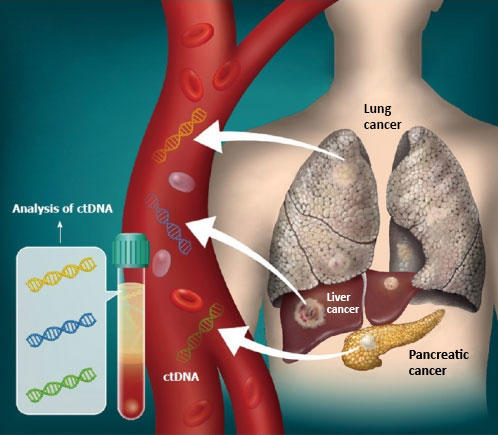INDIANAPOLIS -- Addressing patients' health-related social needs such as housing instability, food insecurity, transportation barriers and financial strain is important to improving health outcomes yet can be challenging. A new study from Regenstrief Institute and Indiana University Indianapolis Richard M. Fairbanks School of Public Health investigates the best approach to predicting likely need for one or more health-related social need services.
To identify emergency department (E.D.) patients needing these services, researchers compared the use of machine learning to pull relevant information from a patient's electronic health record (EHR) vs. administering patient-completed screening surveys to identify E.D. patients likely to need services to address health-related social needs within the next 30 days. They found that a machine learning predictive model leveraging several robust EHR data sources, including scheduling data and clinical notes, outperformed a screening questionnaire model in predicting future need for health-related social services.
"Access to information is a key prerequisite to effective care and delivery of that care," said study senior author Joshua Vest, PhD, MPH, a Regenstrief research scientist and professor of health policy and management at the Fairbanks School of Public Health. "The trend in U.S. health care is towards helping address patients' health-related social needs. To get patients to services effectively starts with finding patients that have needs and want assistance. Screening surveys are common way of accomplishing that goal. However, surveys face a lot of challenges. Most notably, patients and clinicians already have lots of surveys and questionnaires every visit. This study sought to see if using existing data and predictive models performed as well.
"We are hoping to develop tools that we can integrate into EHR systems to make the process of identifying and addressing health-related social needs easier and more effective for everyone."
While the machine learning model did a better job of predicting future need, both models demonstrated biases. Both models were better at identifying White, non-Hispanic patients with health-related social needs than identifying patients from other races and ethnicities with these needs.
"An emergency department is a great place to screen for health-related social needs because many patients who show up are among the most vulnerable and most likely to fall through the cracks due to lack of comprehensive health insurance, transportation barriers, financial insecurity, or not having a doctor to address their asthma or whatever brought them to the E.D.," said study first author and health services researcher Olena Mazurenko, M.D., PhD, M.S., a Regenstrief Institute affiliate scientist and an associate professor of health policy and management at the Fairbanks School of Public Health. "E.D. population is very vulnerable and known to have higher health-related social needs compared to the average patient population seen in primary care.
"We know that currently, many of these patients -- individuals with health-related social needs -- are not identified, and many are racial and ethnic minorities or other vulnerable groups. While their clinical needs are being cared for, they often end up returning repeatedly to the E.D. because their social needs haven't been addressed."
In addition to benefiting patient care, collecting health-related social needs information is a growing necessity for healthcare providers due to quality reporting requirements from the Centers for Medicare and Medicaid Services (CMS) and other organizations, including The Joint Commission, the largest health care standards-setting and accrediting body in the U.S.
"Comparing the performance of screening surveys versus predictive models in identifying patients in need of health-related social need services in the emergency department" is published in PLOS One.
The Agency for Healthcare Research & Quality funded this study (1R01HS028008 PI: Vest). The Regenstrief Data Core and Eskenazi Health supported this project.
Regenstrief Institute Research Scientist Christopher Harle, PhD, is a study co-author.
All authors and their affiliations as listed in the paper:
Olena Mazurenko 1 , 2 , Adam T Hirsh 3 , Christopher A Harle 1 , 2 , Joanna Shen 2 , 4 , Cassidy McNamee 1 , Joshua R Vest 1 , 2
1Department of Health Policy & Management, Indiana University Richard M. Fairbanks School of Public Health-Indianapolis, Indianapolis, Indiana, United States of America.
2Regenstrief Institute, Indianapolis, Indiana, United States of America.
3School of Science, Indiana University-Indianapolis, Indianapolis, Indiana, United States of America.
4Department of Biostatistics, Harvard T.H. Chan School of Public Health, Boston, Massachusetts, United States of America.
Joshua R. Vest, PhD, MPH
In addition to being a research scientist with the Clem McDonald Center for Biomedical Informatics at Regenstrief Institute, Joshua R. Vest, PhD, MPH, is associate dean for research and a professor of health policy and management at the Indiana University Indianapolis Richard M. Fairbanks School of Public Health.






